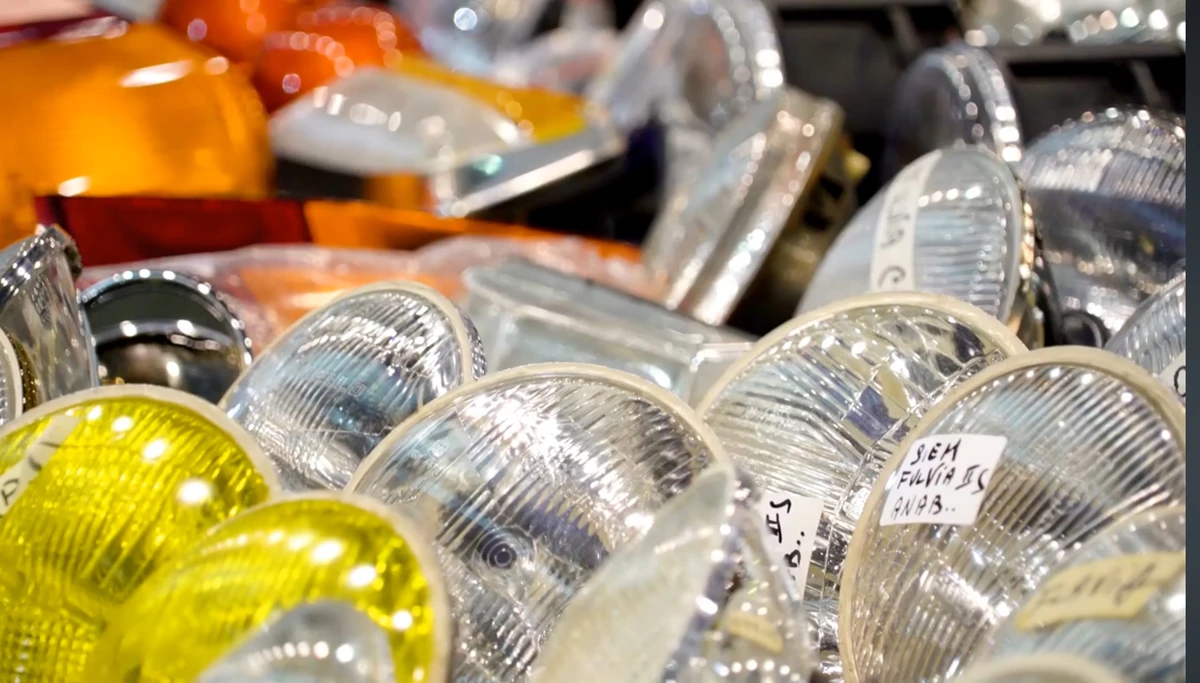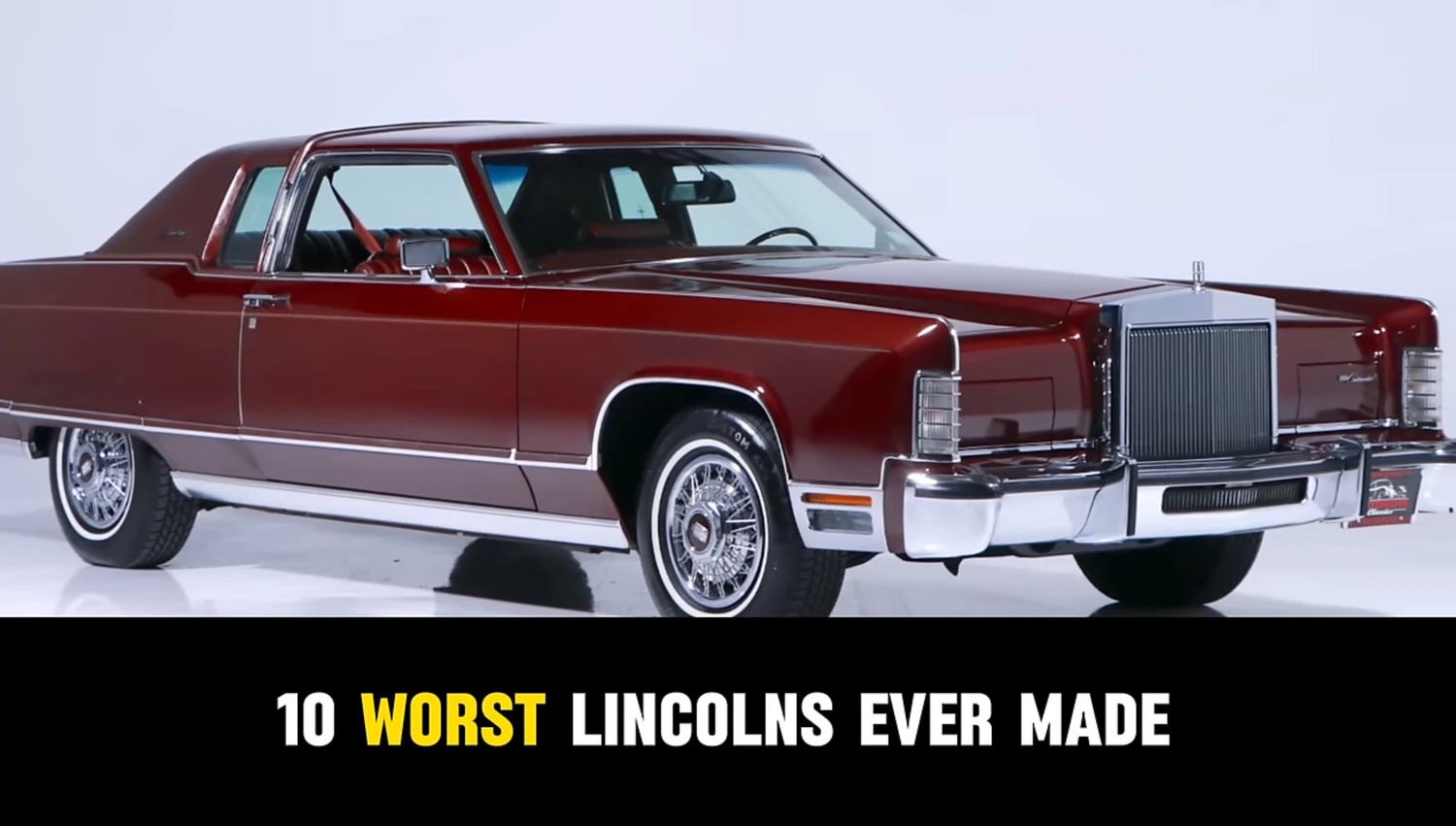Car headlights have come a long way. What started as simple, gas-powered lamps has evolved into sleek, high-tech illumination systems that cut through the darkness with pinpoint precision. Whether you’re driving an old classic or a modern luxury vehicle, your car’s headlights play a crucial role in safety, visibility, and even aesthetics.
So, let’s dive into the fascinating world of headlight technology—from the humble halogen to the cutting-edge laser lights—and explore how they shape the way we see the road.
Halogen Headlights: The Old Reliable
If you’ve ever driven a car from the late 20th century (or even many from today), chances are you’ve used halogen headlights. These workhorses of the automotive world use a Tungsten filament encased in a glass tube, filled with a mix of nitrogen and argon gases.
Why are they still so common?
- They’re affordable – Halogen bulbs are cheap and easy to replace, making them a go-to choice for manufacturers.
- They get the job done – While not the brightest or most energy-efficient, they provide adequate illumination for everyday driving.
- They’re reliable – With a simple design and long history, halogen bulbs have stood the test of time.
However, their biggest drawback is their inefficiency—a lot of energy is lost as heat, making them less effective compared to modern alternatives.
HID (High-Intensity Discharge) Lights: A Brighter Future
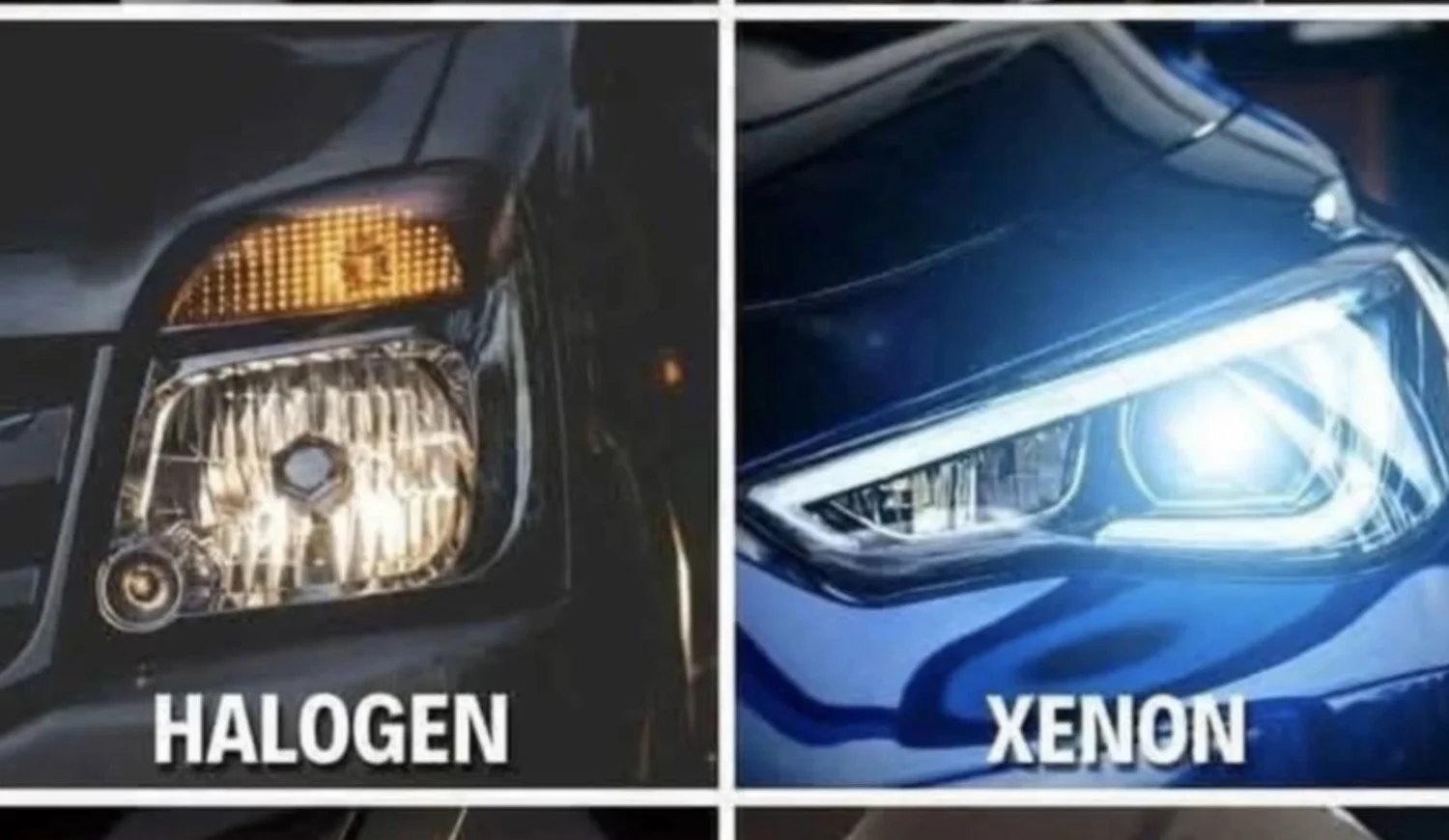
Next up: HID (High-Intensity Discharge) headlights, sometimes called xenon lights. These aren’t your average bulbs—they don’t even have a filament. Instead, they generate light by creating an electrical charge between two electrodes, ionizing gas inside the bulb.
This results in a much brighter, more efficient light source compared to halogen.
Advantages of HID headlights:
- They’re incredibly bright – HID lights produce a stronger, whiter light, improving nighttime visibility.
- They use less energy than halogens – More efficient means less strain on your car’s electrical system.
- They last longer – Typically, HID bulbs outlive halogen bulbs by several thousand hours.
However, they do have downsides. They’re more expensive than halogens, take a few seconds to reach full brightness, and can glare heavily for oncoming drivers if not properly aimed.
LED (Light Emitting Diode) Headlights: The Modern Standard
If there’s a rising star in headlight technology, it’s LEDs. These small yet powerful lights are taking over the industry, and for good reason. Unlike halogens and HIDs, LEDs don’t rely on filaments or gas discharge. Instead, they use semiconductors to emit light when electricity passes through them.
What makes LEDs special?
- Energy efficiency – They use far less power than halogens or HIDs, making them a popular choice for electric and hybrid vehicles.
- Durability – LEDs have an impressive lifespan, sometimes lasting the entire lifetime of the vehicle.
- Versatile design – Unlike traditional bulbs, LEDs can be shaped into sleek, intricate patterns, allowing for unique and futuristic headlight designs.
Many modern cars now come standard with full-LED headlights, and their ability to illuminate instantly and adapt to different lighting conditions makes them a top choice for safety and efficiency.
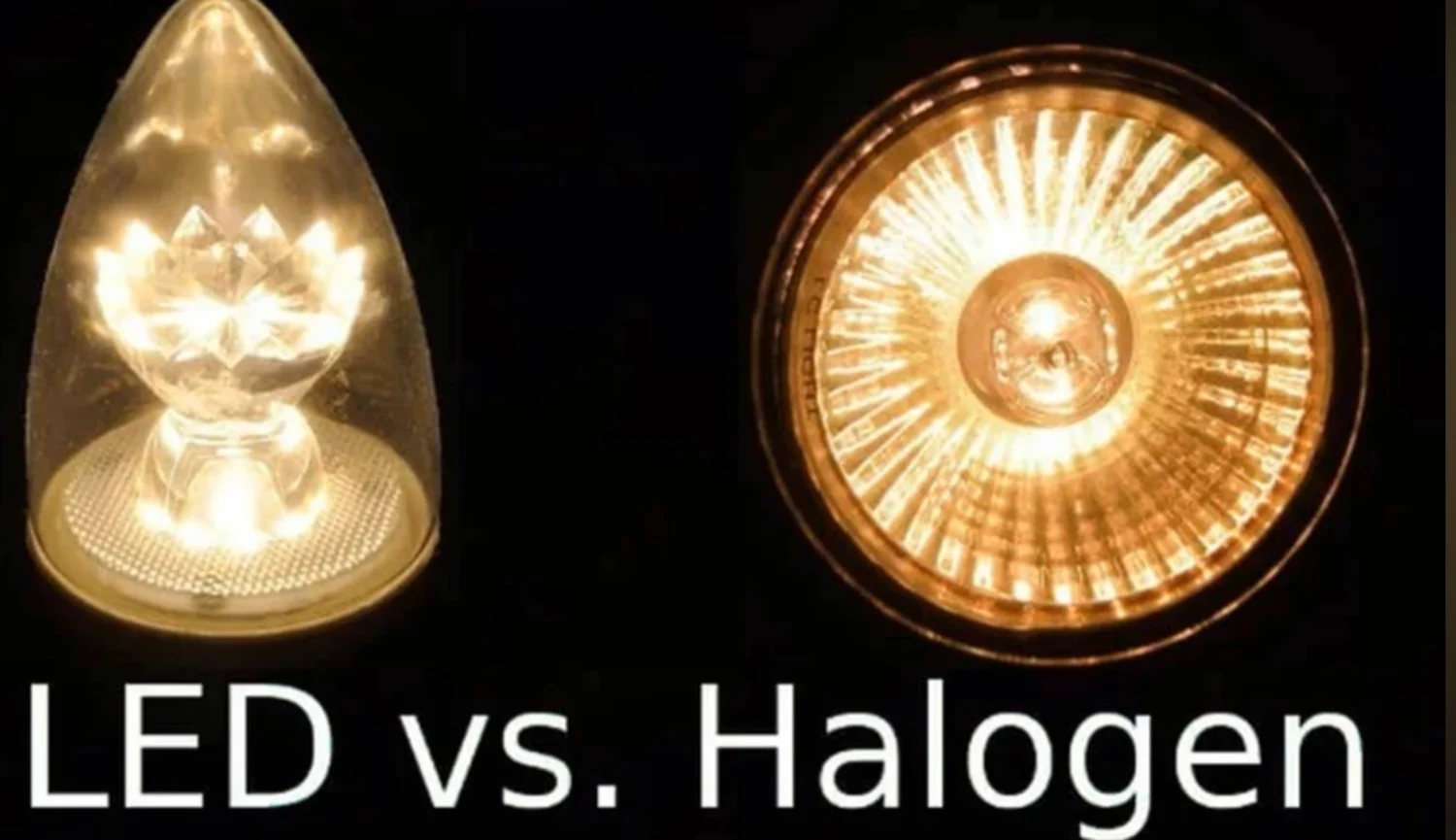
Laser Headlights: The Future Is Here
Now, if you want the absolute pinnacle of headlight technology, look no further than laser lights.
Yes, you read that right—laser-powered headlights are real, and they’re already being used in high-end vehicles like the BMW i8 and Audi R8. These systems use lasers to ignite a gas, producing an incredibly bright and focused beam of light.
Why are laser lights considered the future?
- Unmatched brightness – They produce a light 10 times brighter than LEDs.
- Long-range visibility – Laser headlights can illuminate up to 600 meters (almost 2,000 feet) ahead, significantly increasing nighttime safety.
- Energy efficiency – Despite their power, they consume even less energy than LEDs.
But before you start dreaming of swapping out your old halogens for lasers, there’s one major downside—cost. This cutting-edge tech comes at a premium price, making it exclusive to luxury and high-performance vehicles for now.
A Look Back: The Origins of Headlights

Before we had high-tech LEDs and lasers, there were carbide headlights—the go-to lighting solution for early motorcars and bicycles. These used carbide lamps to produce light, and while they were a step forward at the time, they were dim, unreliable, and required constant maintenance.
Eventually, the industry transitioned to electric headlights, which paved the way for everything we use today. The simple on/off functionality of electric lights remains the foundation of modern adaptive, automatic, and high-beam assist lighting systems.
Which Headlight Technology Is Right for You?
Now that we’ve explored the evolution of headlights, the question remains: which one is best for your car?
- Halogens – Best for budget-conscious drivers who just need a basic, dependable headlight.
- HIDs – Ideal for those who want brighter visibility but don’t mind slightly slower startup times.
- LEDs – The best choice for modern cars, offering efficiency, brightness, and longevity.
- Laser headlights – Cutting-edge technology reserved for high-performance vehicles and luxury brands.
Each type of headlight has its own strengths and weaknesses, but one thing is clear—headlight technology continues to evolve, and the future is brighter than ever.
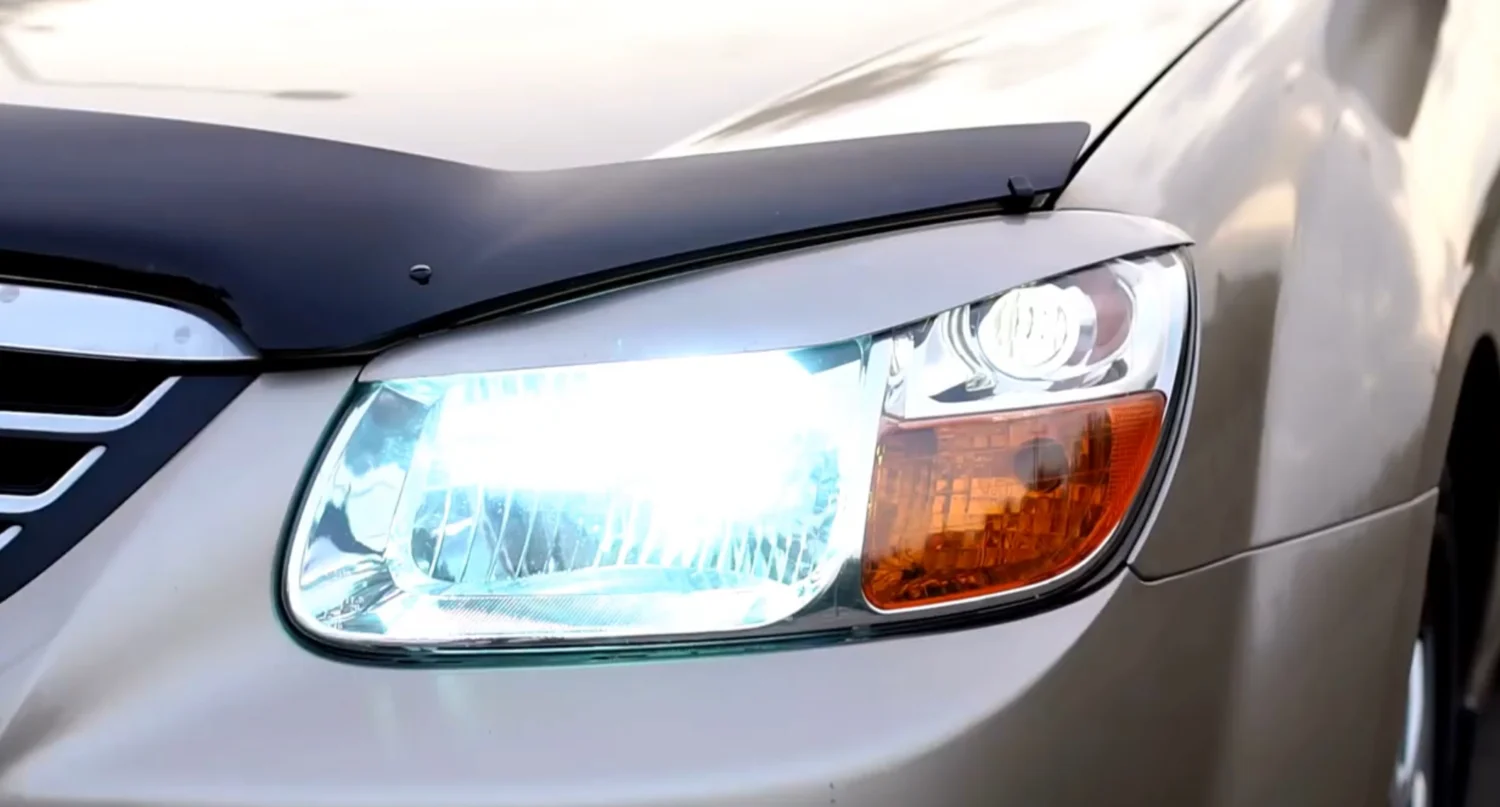

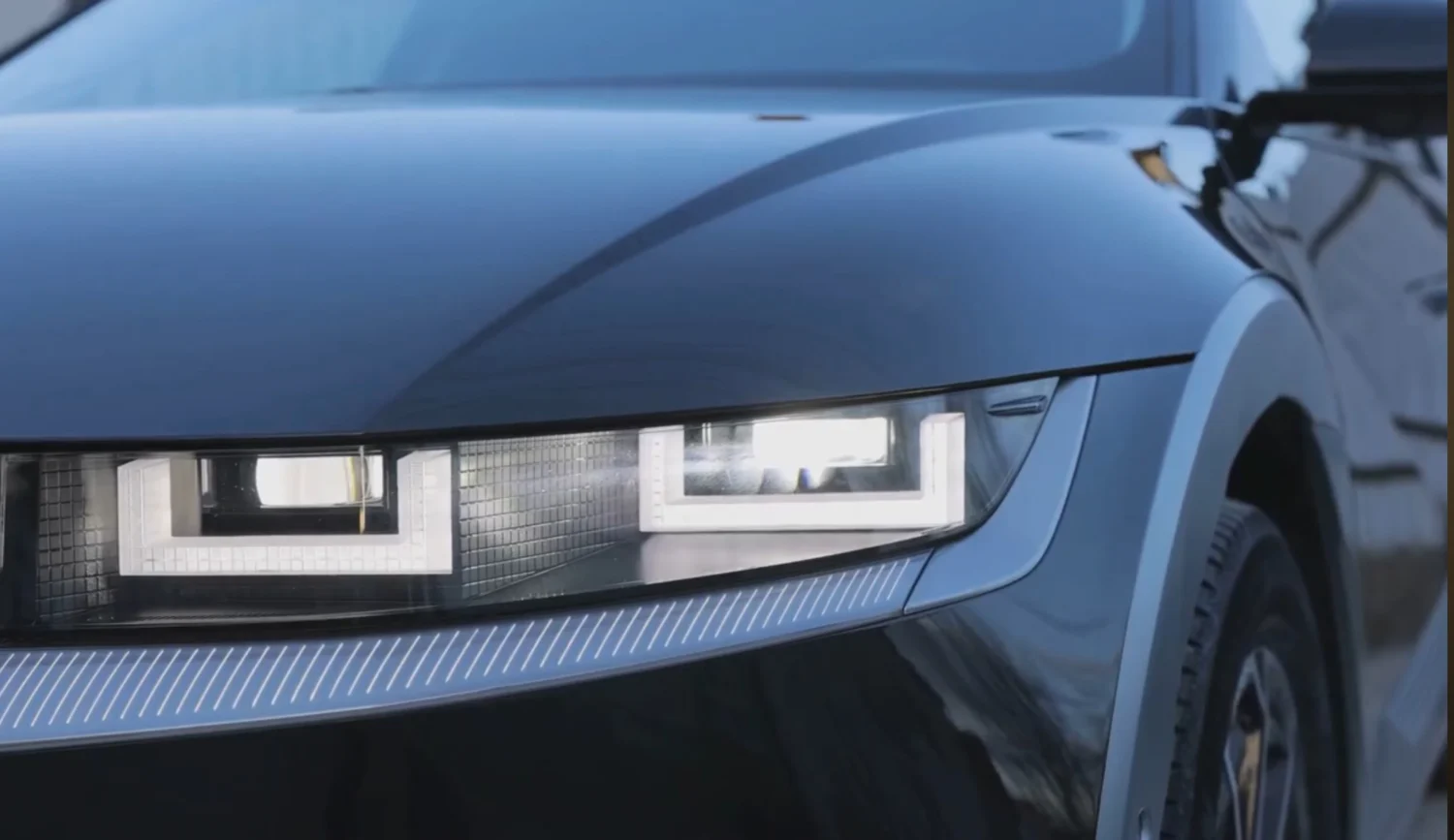
Lighting the Way Forward
Headlights are more than just a necessity for nighttime driving—they’re a reflection of innovation, efficiency, and safety in automotive design. From the gas-powered lamps of the past to the laser beams of the future, each generation of headlight technology has helped shape the way we drive.
As new advancements continue to push the limits of visibility and efficiency, we can only imagine what the next revolution in headlight technology will bring.
Will cars someday have adaptive AI-driven lights that adjust based on road conditions? Holographic projections that extend beyond just illuminating the road? Only time will tell.
But one thing is for sure—the future of headlights is bright.
Want to learn more about cars and automotive technology?
Subscribe to Learn About Cars with Me!
YouTube: Learn About Cars
Follow along for in-depth car knowledge, maintenance tips, and automotive insights—because understanding your car is just as important as driving it.
